Baltimore Teens Take Civil Rights Trip
Elijah Cummings Youth Program (ECYP) and the Baltimore Jewish Council’s (BJC) Social Justice Fellowship traveled to the South on a Civil Rights Mission.
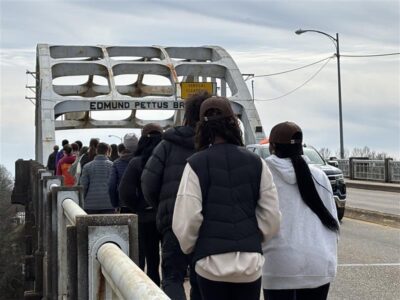
The group toured iconic sites, such as the Ebenezer Baptist Church in Atlanta and walked across the Edmund Pettis Bridge in Selma. They heard firsthand accounts from participants in the Civil Rights Movement, including Sarah Collins Rudolph, who survived the bombing of the 16th Street Baptist Church in Birmingham. And they reflected on Black-Jewish solidarity during the Civil Rights Era.
Jewish teens from the Baltimore Jewish Council’s Social Justice Fellowship and Black teens from the Elijah Cummings Youth Program (ECYP) recently traveled to the South on a Civil Rights Mission.
The group toured iconic sites, such as the Ebenezer Baptist Church in Atlanta and walked across the Edmund Pettis Bridge in Selma. They heard firsthand accounts from participants in the Civil Rights Movement, including Sarah Collins Rudolph, who survived the bombing of the 16th Street Baptist Church in Birmingham.
Social Justice Fellowship teen, Sunny Diamond, and ECYP teen, Symera Hawkins reflect on the trip.
Sunny Diamond
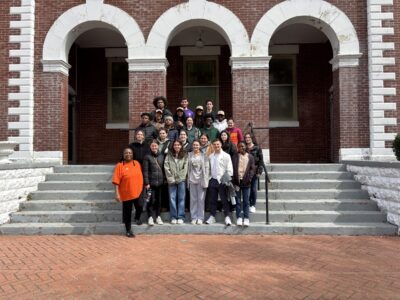
As I was boarding the airport to begin the Civil Rights Trip, I did not know what the next few days would entail. Yes, my peers and I had an extensive itinerary, but I did not anticipate the widespread of information I would gather while traveling to Georgia and Alabama.
Additionally, traveling to Atlanta and visiting the King center brought me immediately to tears. Over the course of the trip, I noticed that I was able to refute history that I had previously learned in school. With my camera in my hand, I walked to Dr. King’s grave, photographed his principles for the Beloved Community, and met with two powerful women who significantly contributed to the Civil Rights Movement.
After meeting with the only survivor of the 16th Street Baptist Church Bombing, Sarah Collins Rudolph, I called the U.S. Senators for Alabama and advocated on her behalf since she has yet to receive restitution from the atrocities she endured.
Furthermore, this trip allowed me to visualize myself transported back to the Civil Rights Movement. Walking the Edmund Pettis Bridge was a particularly striking moment for me. Being able to travel the same path that led to tangible change in this country was powerful.
Another aspect of the trip that caused me to refute history that I had learned in school was visiting the Rosa Parks Center. Originally, I learned that Ms. Parks was tired, and that her exhaustion caused her to refuse to give up her sear on the bus. However, evidence and artifacts prove this to be false. Rosa Parks’ desire to refuse to give up her seat was her initial act in demanding civil rights and equal treatment.
Not only was this moment a transitional time for the Civil Rights Moment, but this act of rebellion allowed change to be demanded and eventually implemented. Furthermore, the last location that my peers and I visited was the Equal Justice Initiative.
For most of the sites visited, I was filled with tears. But walking for the Lynching Center at the Equal Justice Initiative had a significant emotional impact me. Reading countless “unknown” names of innocent people who were wrongfully convicted or who were attempting to be treated fairly, stirred up anger and sadness within me.
Prior to this trip, I had been wary about my aspirations in becoming a civil rights attorney. However, after embarking on this trip, I knew in my soul that I was making the right decision. Everyone deserves dignity, respect, and fair treatment.
Thank you to the Social Justice Teen Fellowship for providing me with this incredible opportunity.
Symera Hawkins
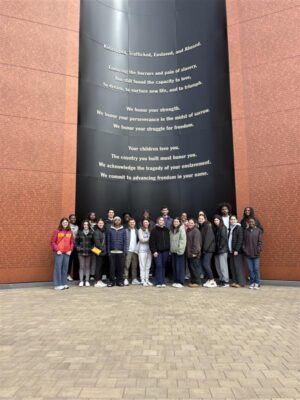
During the trip, I learned that empathy means truly feeling the pain and struggles of others by immersing yourself in their history and experiences. Visiting Martin Luther King Jr.’s home and church showed me the power of resilience and the sacrifices made for justice.
Hearing from the sister of one of the Birmingham church bombing victims made me realize how deeply injustice affects families for generations. Seeing the lynching memorial and stories of enslaved people reinforced the importance of remembering history to ensure it never repeats.
I can apply these lessons by standing up against injustice, listening to and supporting marginalized voices, and educating others about the importance of equality and human rights. The lynching site was one of the most powerful parts of the trip, being able to learn about history because it provided a raw and unfiltered look at the brutality and injustice that many Black Americans faced.
The memorials and stories made the past feel real, connecting historical events to real people with families, dreams, and struggles. It was a sobering reminder of how racial violence was used to oppress communities, reinforcing the need to remember these stories and fight for justice today.
Seeing the names and stories honored in such a powerful way helped humanize the victims, making history more than just facts in a textbook. This experience deepened the understanding of resilience, the importance of acknowledging painful truths, and the ongoing fight for racial equality.
Subscribe to our newsletter
The Associated is a home for everyone in the Baltimore Jewish community. We offer several email lists to help people find a community, engage with their peers and support Jewish journeys around the world.
Join Our Mailing ListAdd Impact to Your Inbox
Sign up for our newsletter
Subscribe to our newsletter
The Associated is a home for everyone in the Baltimore Jewish community. We offer several email lists to help people find a community, engage with their peers and support Jewish journeys around the world.
Join Our Mailing List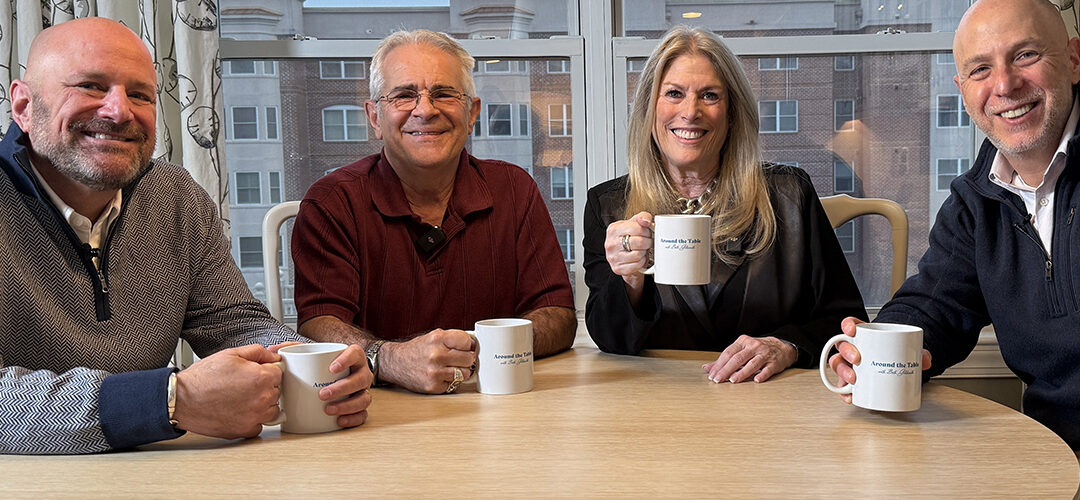



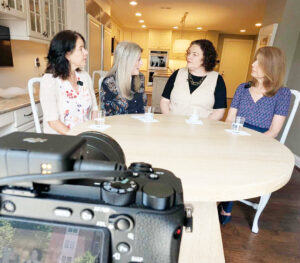
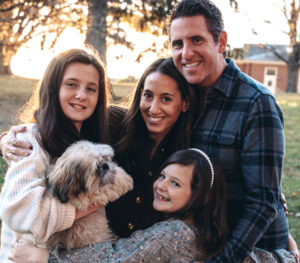


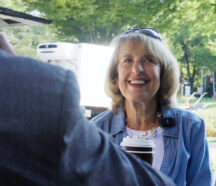
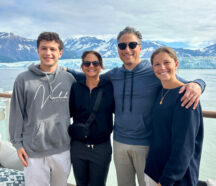
 Please Wait while we loading your video.
Please Wait while we loading your video.